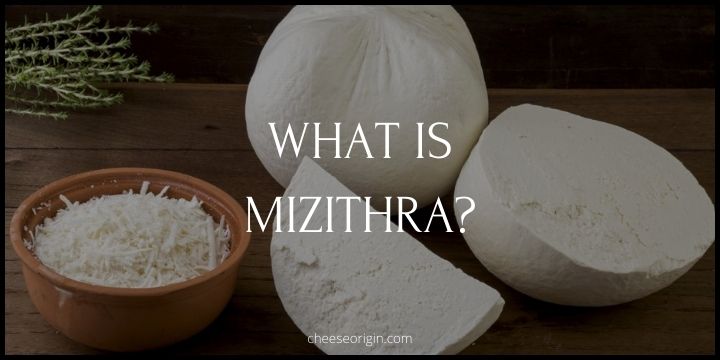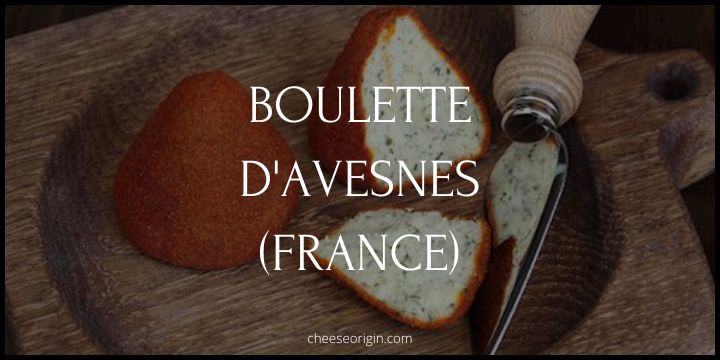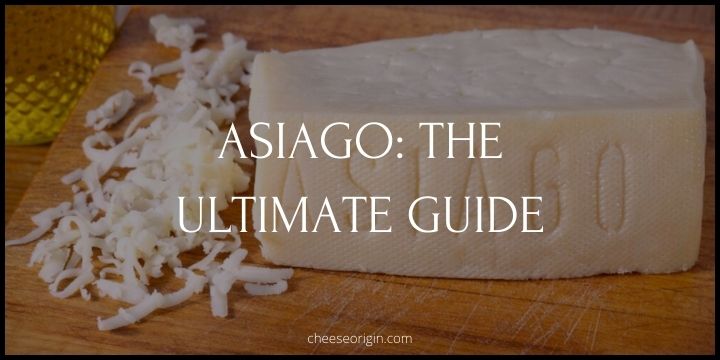What is Tilsit Cheese? An Age-Old Culinary Secret

Tilsit cheese, a hidden gem in the world of dairy delights, has been charming taste buds for centuries. Originating from the idyllic Tilsit town in East Prussia, this semi-hard cheese is a testament to age-old culinary mastery. Characterized by its distinctive pungent aroma, creamy texture, and a flavor profile that dances between mild and tangy, Tilsit cheese is a gastronomic secret waiting to be discovered. It’s more than just a cheese; it’s a slice of history that adds a unique touch to any dish.
Quick Facts About Tilsit?
| Fact | Details |
|---|---|
| Origin | Originally from East Prussia (Germany), now widely produced in Switzerland |
| Cheese Type | Semi-hard |
| Made From | Cow’s Milk, sometimes with goat or sheep’s milk |
| Texture | Smooth and creamy with small holes |
| Flavor | Mild to pungent, depending on age |
| Color | Pale yellow |
| Rind | Natural, sometimes washed |
| Maturation | 1-3 months for young Tilsit, up to a year for aged Tilsit |
| Uses | Table cheese, melting, sandwiches, salads |
| Pairings | Full-bodied red wines, dark beers, fruits, nuts |
| Nutritional Value | High in protein and calcium, contains Vitamin B12 |
| Availability | All year round |
| Storage | In the refrigerator, wrapped in wax paper or foil |
What is Tilsit Cheese?
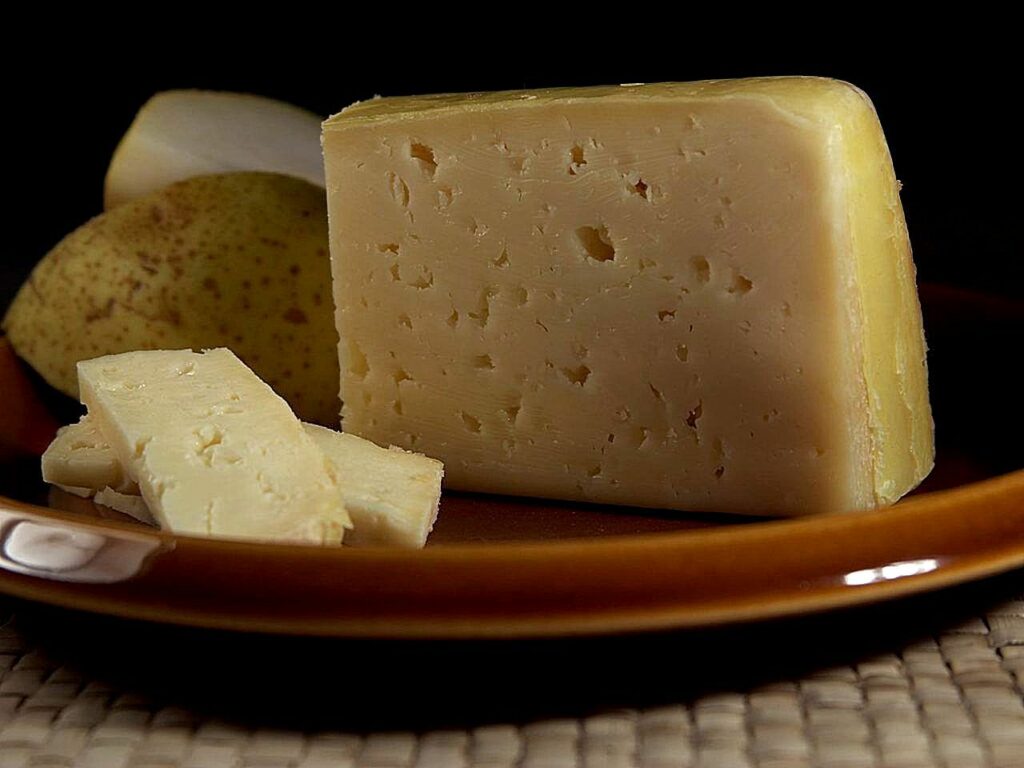
Tilsit Cheese is a captivating fusion of taste and tradition, originally hailing from East Prussia but now predominantly produced in Switzerland. This semi-hard cheese, primarily made from cow’s milk, occasionally incorporates goat or sheep’s milk, resulting in a unique blend that tantalizes the palate. Its texture is a delightful dance between smooth and creamy, punctuated by small holes that give it a distinctive appearance.
Visually, Tilsit Cheese is a treat with its appealing pale yellow hue. Wrapped in a natural rind that’s occasionally washed to enhance its flavor, this cheese embodies elegance and simplicity. Tilsit proves its versatility as it effortlessly finds its place in sandwiches, salads, and melted over your favorite dishes. It also shines as a table cheese, pairing wonderfully with full-bodied red wines, dark beers, fruits, and nuts.
Beyond its fabulous taste, Tilsit Cheese is also a great source of protein and calcium, while providing a healthy dose of Vitamin B12. Available all year round, this Swiss delight is certainly a culinary treasure worth exploring. Just remember to let it sit at room temperature before serving to fully experience its rich flavors. Enjoy the Tilsit journey!
What Does Tilsit Taste Like?
Tilsit cheese offers a unique taste experience that is influenced by its age. When young, Tilsit has a mild, slightly sweet flavor with a hint of creaminess. It’s soft and easy on the palate, making it a great choice for those who prefer milder cheeses.
As it ages, the flavor of Tilsit intensifies significantly. The sweetness gives way to a more complex profile, characterized by robust nutty notes, a tangy sharpness, and a pungent aroma. The texture also becomes firmer and the small holes in the cheese tend to develop a stronger flavor.
Tilsit Tasting Notes
- Texture: Tilsit is a semi-hard cheese with a smooth and creamy texture. It features small holes that add to its unique appearance.
- Color: Tilsit carries a pleasing pale yellow color that adds to its visual appeal.
- Aroma: The aroma of Tilsit can be mild when young but grows more pungent as it ages. It has a distinct dairy smell with hints of nuttiness.
- Taste: Young Tilsit has a mild, slightly sweet flavor with a hint of creaminess. As it matures, it develops robust nutty notes, a tangy edge, and a stronger, more pungent flavor.
- Aftertaste: Tilsit leaves a lingering, slightly tangy aftertaste that invites you for another bite.
What is Tilsit cheese used for?
- Cheese Platters: Tilsit’s distinctive flavor profile and appealing visual make it a standout addition to any cheese platter. It pairs well with fruits, nuts, and a variety of crackers or breads.
- Culinary Creations: Tilsit is a versatile ingredient in the kitchen. It can be used in a variety of dishes, from sauces and soups to pasta and risotto, adding a unique depth of flavor.
- Sandwiches and Burgers: Its semi-hard texture and tangy flavor make Tilsit an excellent choice for sandwiches and burgers. When melted, it lends a creamy, rich taste that elevates the meal.
- Fondue: Given its melting properties, Tilsit cheese is perfect for fondue. It blends well with other cheeses and adds a slightly pungent note to the mix.
- Desserts: Believe it or not, Tilsit can also be incorporated into desserts. It adds a savory twist to sweet dishes, creating a delightful contrast of flavors.
- Salads: Grated or cubed, Tilsit adds a punch of flavor to salads, making them more filling and satisfying.
10 Best Tilsit Substitutes
| Cheese Name | Description |
|---|---|
| Havarti | A Danish cheese with a buttery aroma and taste. It’s semi-soft, creamy, and can be used similarly to Tilsit. |
| Gouda | Gouda is a versatile Dutch cheese with a mild, sweet, and nutty flavor, which makes it a good substitute for Tilsit in many recipes. |
| Emmental | This Swiss cheese is known for its nutty, slightly sweet flavor and large holes, making it a suitable alternative to Tilsit. |
| Fontina | An Italian cheese with a mild, somewhat nutty flavor. Its excellent melting properties make it a good substitute for Tilsit in cooking. |
| Provolone | This Italian cheese has a similar texture to Tilsit and offers a mild to sharp flavor depending on its age. |
| Jarlsberg | A Norwegian cheese that shares similarities with Tilsit in terms of texture and flavor. It is sweeter and nuttier but melts well. |
| Muenster | An American cheese with a smooth texture and mild flavor. It’s a good stand-in for Tilsit in sandwiches and burgers. |
| Monterey Jack | Known for its mild flavor and excellent melting properties, this American cheese can replace Tilsit in a variety of dishes. |
| Maasdam | A Dutch cheese with a sweet, nutty flavor and large holes. It’s similar to Tilsit and can be used as a substitute in many recipes. |
| Colby | An American cheese that’s similar to Tilsit in taste and texture. It’s a good alternative for sandwiches and cheese platters. |
What Pairs Well With Tilsit?
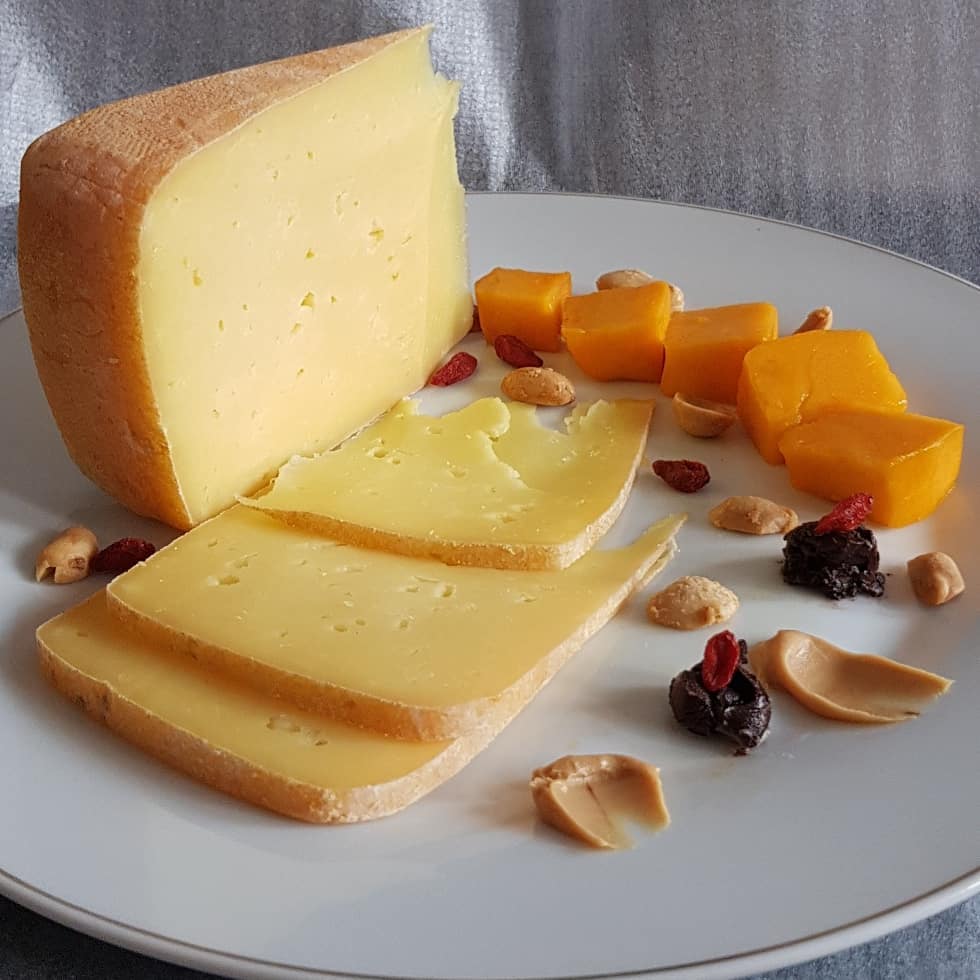
Food that goes well with Tilsit:
| Category | Food Items |
|---|---|
| Breads | Baguette, sourdough bread, multi-grain bread, rye bread, ciabatta. |
| Fruits | Apples, pears, grapes, dried apricots, figs. |
| Nuts | Almonds, walnuts, pecans, pistachios. |
| Meats | Salami, prosciutto, smoked turkey, roast beef. |
| Condiments | Honey, fruit preserves, mustard, pickles. |
| Vegetables | Grilled vegetables, olives, sun-dried tomatoes, roasted bell peppers. |
| Desserts | Dark chocolate, fruit tarts, cheesecake, apple pie. |
| Seafood | Smoked salmon, prawns, crab meat. |
Also read: 11 Best Crackers that Pair Well with Cheese
Beverage that goes well with Tilsit:
| Category | Beverage Items |
|---|---|
| Wines | Full-bodied red wines like Cabernet Sauvignon, Merlot, Pinot Noir. |
| Beers | Dark beers such as Stout, Porter, Belgian Dubbel. |
| Spirits | Whiskey, brandy, bourbon. |
| Non-Alcoholic Drinks | Sparkling water, apple cider, grape juice. |
| Teas | Black tea, green tea, herbal tea like chamomile or mint. |
| Coffees | Espresso, cappuccino, latte. |
Also read: Best Wine and Cheese Pairings: The Ultimate Guide
Also read:
- What is Maasdam? The Dutch Cheese with Swiss Roots
- Top 10 Most Popular Semi-hard Cheeses in the World
- What is Maredsous Cheese? Belgium’s Loaf-Shaped Legacy
- What is Fromage de Herve? Belgium’s Soft Cheese Sensation
- What is Appenzeller? The Swiss Cheese with a Secret Recipe
- What is Anari Cheese? Cyprus’ Creamy Culinary Secret
- What is Buttermilk Cheese? A Delicate Blend of Tanginess & Creaminess

